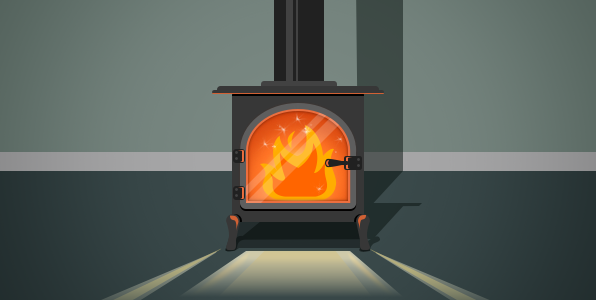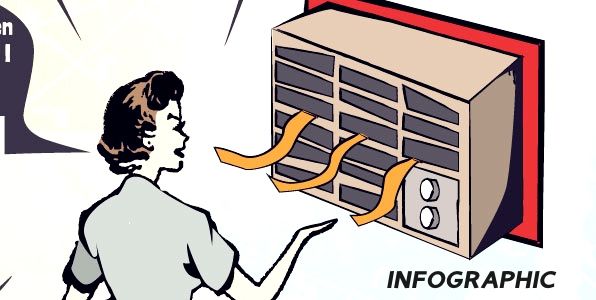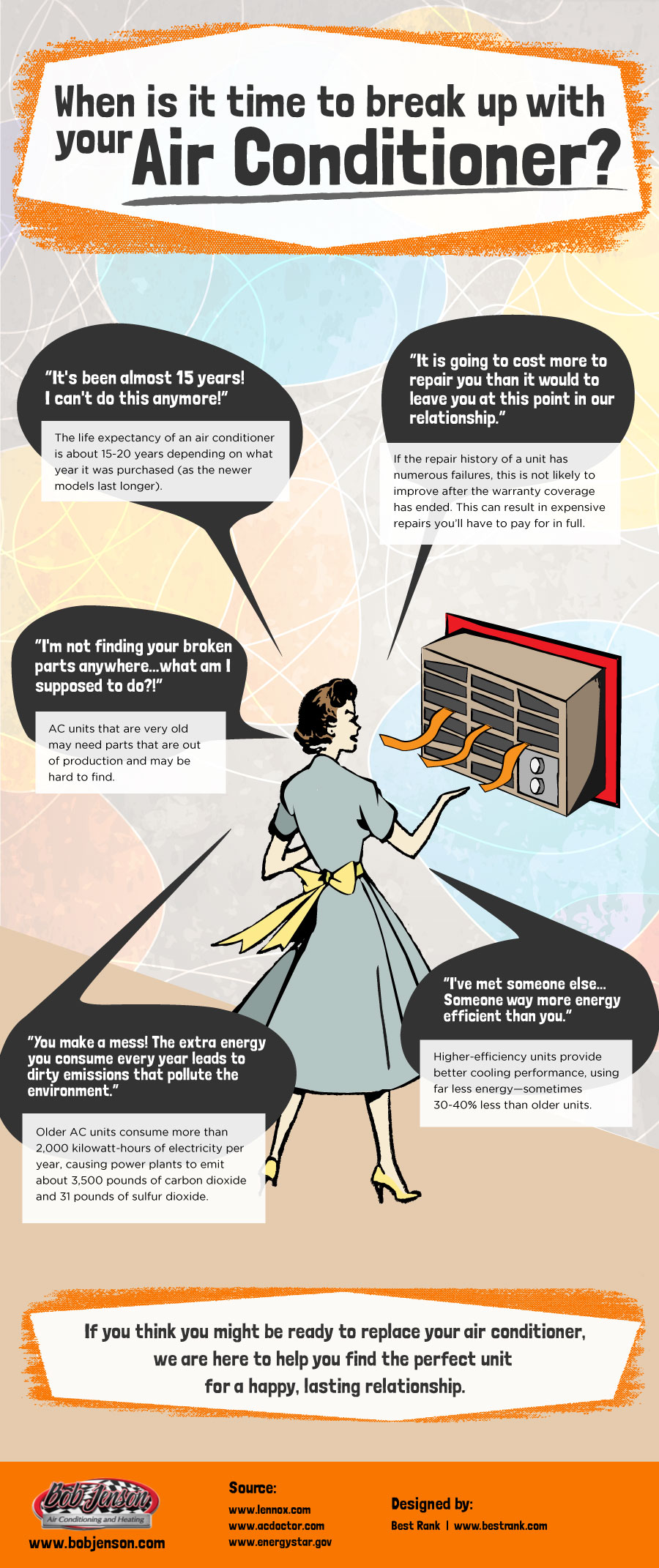Summertime Energy Savings Guide
Where To Save with Your Comfort System
Summer can take a large toll on your home energy bills, which can keep you from fully enjoying the sun, good company, and much needed time relaxing by the pool. Let’s take a look at some helpful tips to save energy in the summertime.
Probably the biggest expenditure during the summer is your air conditioning. Living in the modern world of climate control means you should be able to sit at home in comfort, but that often comes at a price. How can you maintain your comfort while keeping your air conditioning bill low?
Turn up the thermostat. For every degree above 72°F, you save 1-3%, so when you’re at home, set your thermostat to 78°. When you’re out, set it to 85° or turn it off entirely. Use fans in conjunction with these higher temperatures to promote air movement, which will keep your home pleasantly cool.
Install a whole house fan. A whole house fan can bring in cool air and push hot, stagnant air out. Use the fan after sunset and in the early morning.
Increase your attic insulation. During the summer, attic insulation can lock in cool air and keep hot air from seeping into your home. If your insulation is old or has an insulation level of R-19 or less, you should consider increasing it to R-30 or higher.
Seal your ducts. Leaky ducts can account for up to 25% of the average home’s cooling costs. Consult a contractor to test your ducts for any leaks that need to be sealed up.
Replace air filters. Dirty air conditioning filters can prevent proper airflow, forcing your HVAC system to work even harder to pump in cool air and pump out hot air. Filters should generally be replaced once every three months, but during prime usage, you may want to replace them monthly for the maximum benefit.
Replace your entire air conditioner. If your air conditioner is older than 10 years or is showing noticeable signs of wear, invest in an Energy Star certified unit, which will garner up to 10% in savings.
Where to Save With Other Appliances
Saving energy doesn’t have to be a pain or cost you much of anything. In fact, there are plenty of practical steps you can take to keep your bills down.
Use your microwave. Your microwave uses about two-thirds less energy than your stove. That doesn’t mean you should be eating microwave dinners every day, but simple tasks, like boiling water for a cup of tea, can be done much more efficiently via microwave.
Use your dishwasher. Although it is possible to be more efficient washing by hand, it’s tough and not entirely rational. Instead, use an Energy Star dishwasher. Just make sure you only wash when it is fully loaded and air or hand dry your dishes.
Stock your fridge. Keeping your fridge fully stocked keeps it from heating up when the door is open.
Turn things off. Lights, appliances, and other pieces of equipment should be turned off when they’re not in use. Unplug chargers, computers, and other electronic devices as well. Even though they may be off, they can still use up some small amount of electricity.
Be smart with your laundry. Stick with cold water when washing your clothes to save up to 4 percent. Hang or line dry your clothes when possible, but if you need to use your dryer; Clean the lint trap before each use, use the auto moisture-sensing setting, and run only with full loads.
Summer should be about having a great time and making memories, not worrying about the dent that your energy bill is making in your wallet. Use your common sense, and if you ever need help, don’t be afraid to turn to a professional.














